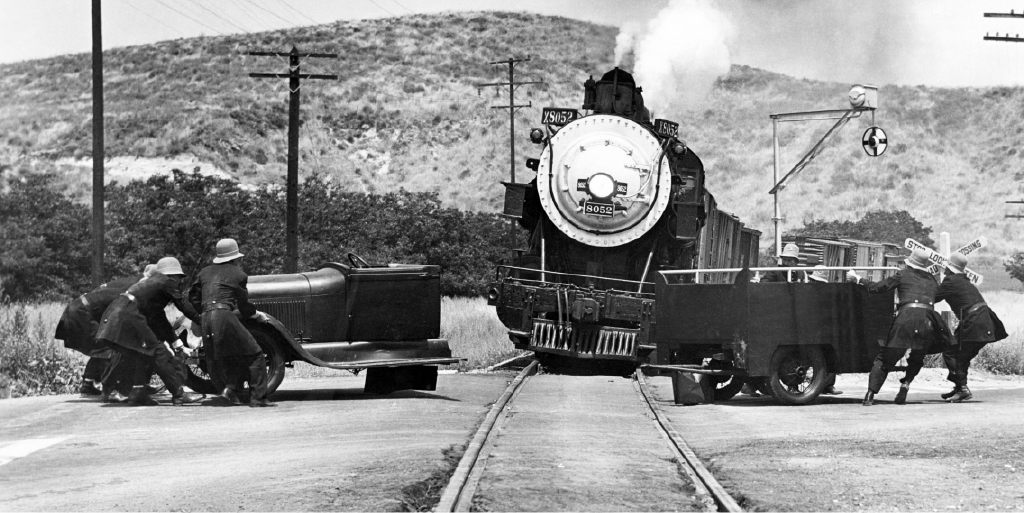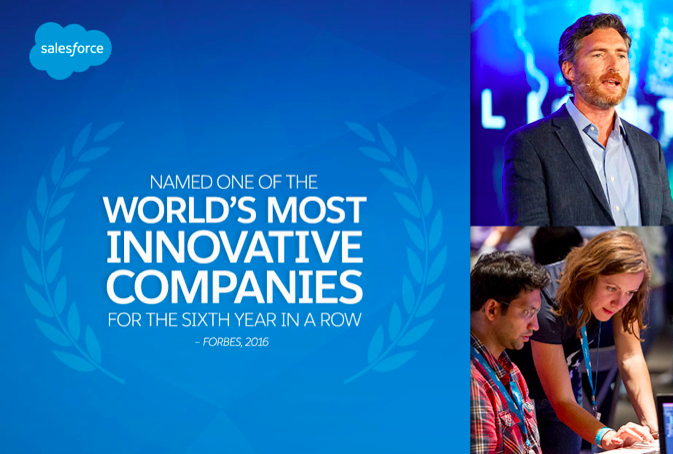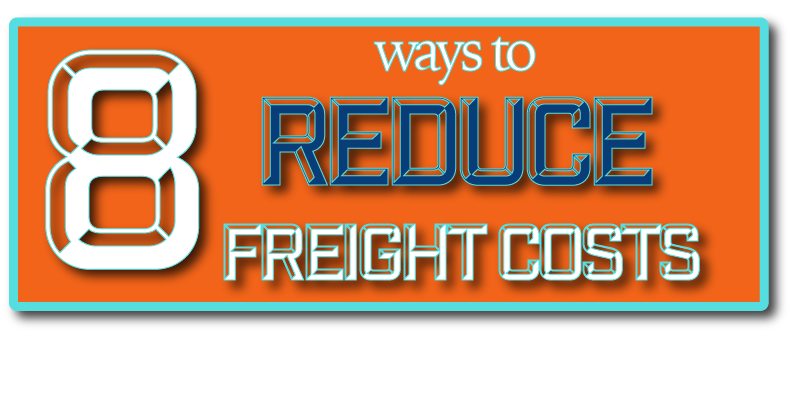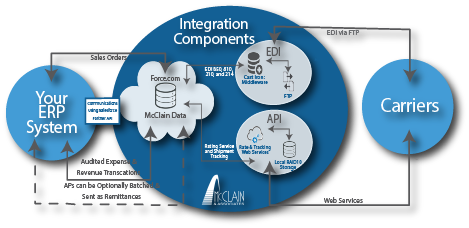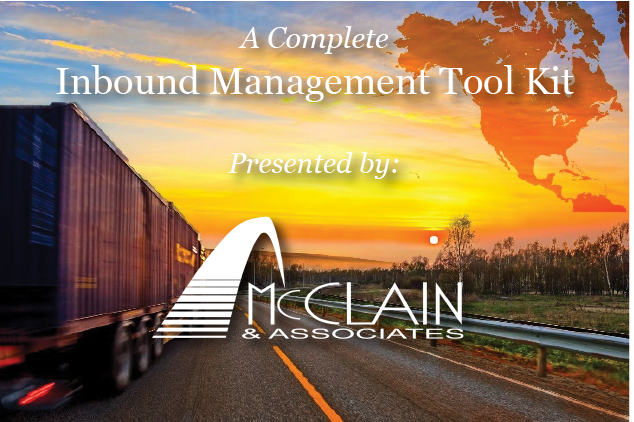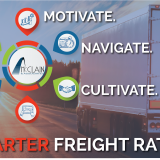Don’t let truckload capacity derail your supply chain
We live in a world where CEOs, CFOs, CIOs, COOs, Presidents, VPs, Managers (you get the point) are pressuring logistics managers to cut costs, improve customer service, and utilize data to implement cost saving strategies. Intermodal transportation is a strategic solution that helps to solve these problems and many more, that is often overlooked due to its less than [trustworthy, reliable, competitive, efficient] reputation that it earned in the past.
What you may not know, is that the intermodal transportation industry has invested billions into:
- Augmenting Safety Procedures
- Improving & Maintaining Infrastructure
- Expanding Network of Lanes
- Strengthening Regulations
- Advancing Technology
- Training Employees
- Damage Prevention
These efforts have allowed railroads to reposition themselves as an effective and trusted alternative to OTR Transportation. In fact, railroads have invested their own capital (with no help from the government, as in other sectors or modes of transportation), approximately, $600 billion since 1980, and $25 billion annually over the last 5 years, to accommodate the 45% expected increase in freight shipments by 2040, according to the US Federal Highway Administration.
Benefits of Intermodal Transportation
Converting truckload shipments to intermodal with a trusted IMC has cost benefits, service benefits, and environmental benefits, however, we have found that many shippers still have a (false) negative perception of intermodal transportation. As a result, we have created our Intermodal Myth-Conceptions info-graphic, putting shippers minds to rest and ensuring them that rail is a viable alternative to OTR transportation.
- 1 Train can take 280 trucks off the highway
- Intermodal loads boast 98% accuracy for on-time deliveries
- Trains, on average are four times more fuel efficient than trucks
- A train can move freight 450 miles on ONE gallon of fuel
- If just 10% of OTR freight was converted to rail, fuel savings would exceed 800 million gallons, per year and greenhouse gas emissions would fall by more than 9 million tons
- Removing 10% of OTR freight is equal to taking 1.8 million cars off the road or planting 215 million trees
For More Info on Intermodal Transportation
Download our Intermodal Myth-Conceptions Infographic or Check out our website or contact McClain for a quote/consultation!

